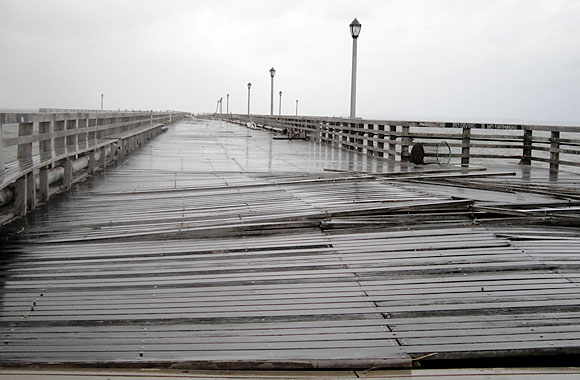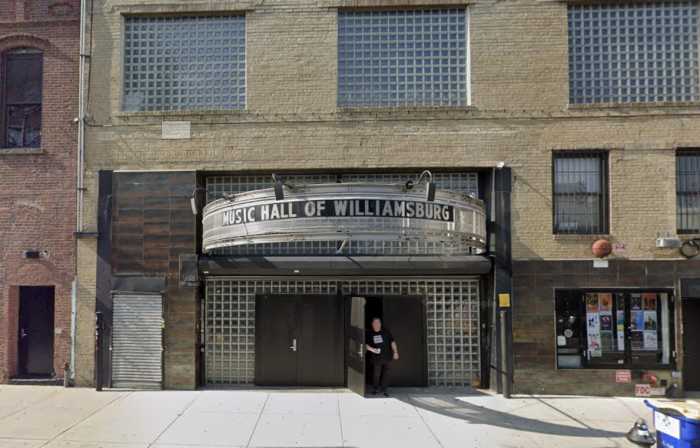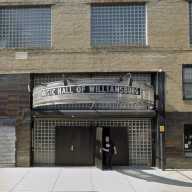Hurricane Sandy lived up to its name in Coney Island.
The powerful storm picked up sand dunes and dropped them atop the Boardwalk, clogged sewers with sediment, and turned inland streets into a beachy scene in a display of Mother Nature’s force that wowed — but didn’t altogether surprise — Coney historian Jay Singer.
“This has been going on for thousands and thousands of years — we’ve only been building here maybe 150 years. So when we call this the worst storm in a century, that’s nothing,” said Singer, a documentarian working on a book tracing the history of the People’s Playground from the Ice Age to the present.
In fact, the forces that made the Boardwalk look like the borough’s answer to the Sahara are just part of the inevitable ebb and flow of nature.
Singer points out that Coney Island — which is part of the barrier chain that includes Long Beach Barrier Island, Jones Beach Island, Fire Island, and Westhampton Island — is simply a sand deposit that accumulated from sediment kicked up and carried in the wind and waves during past storms.
And through centuries of tempests, the shape of the peninsula has constantly changed.
Case in point: the Hotel Brighton went up overlooking the beach at the end of Coney Island Avenue in 1878. But a series of winter storms swept away so much of the shore that after 10 years the hotel was left teetering over the water — forcing the owners to put the building on wheels and use locomotives to pull it 500 feet inland.
Singer argues that most of the lost sand simply moved southward, following currents around the peninsula.
“Where do you think all that sand ended up? It ended up here!” said Singer, the man behind the film “Gotta Love Coney Island,” which aired at the Coney Island Film Festival in September.
Concerns about erosion of Coney’s beaches led city planners to build jutting rock jetties into the water to control sediment movement. The Army Corps of Engineers was constructing similar jetties in Seagate before the storm hit.
But with sand burying much of Deno’s Wonder Wheel Amusement Park, piling up as high as three feet on streets bordering the Boardwalk, and clogging sewers on Mermaid and Neptune avenues, it’s clear nobody anticipated the scale of the changes Sandy would cause.
Singer, whose roots in the People’s Playground are four generations deep, said it was surreal to see the sands of time moving before his eyes.
“It’s weird that I’m here, witnessing what’s going to be a piece of Coney Island history,” he said.

























